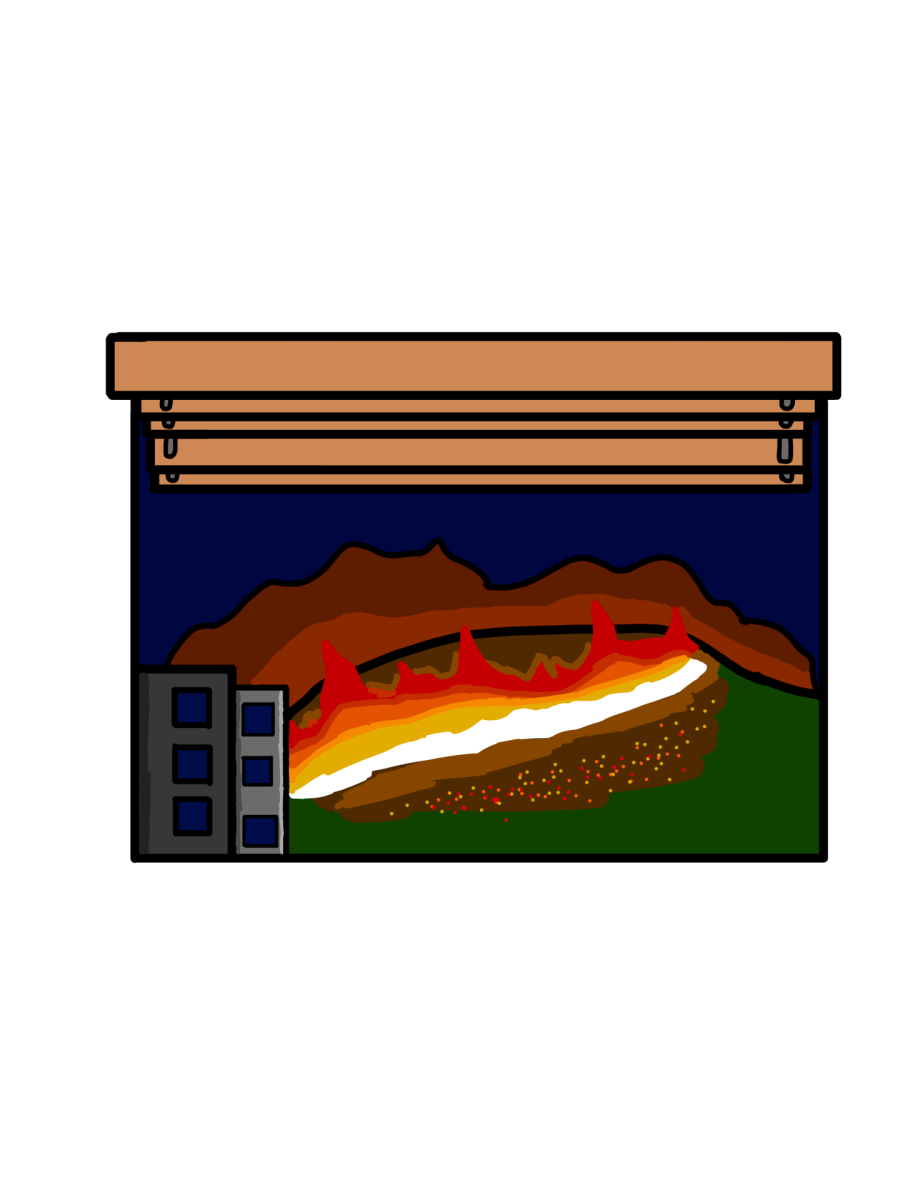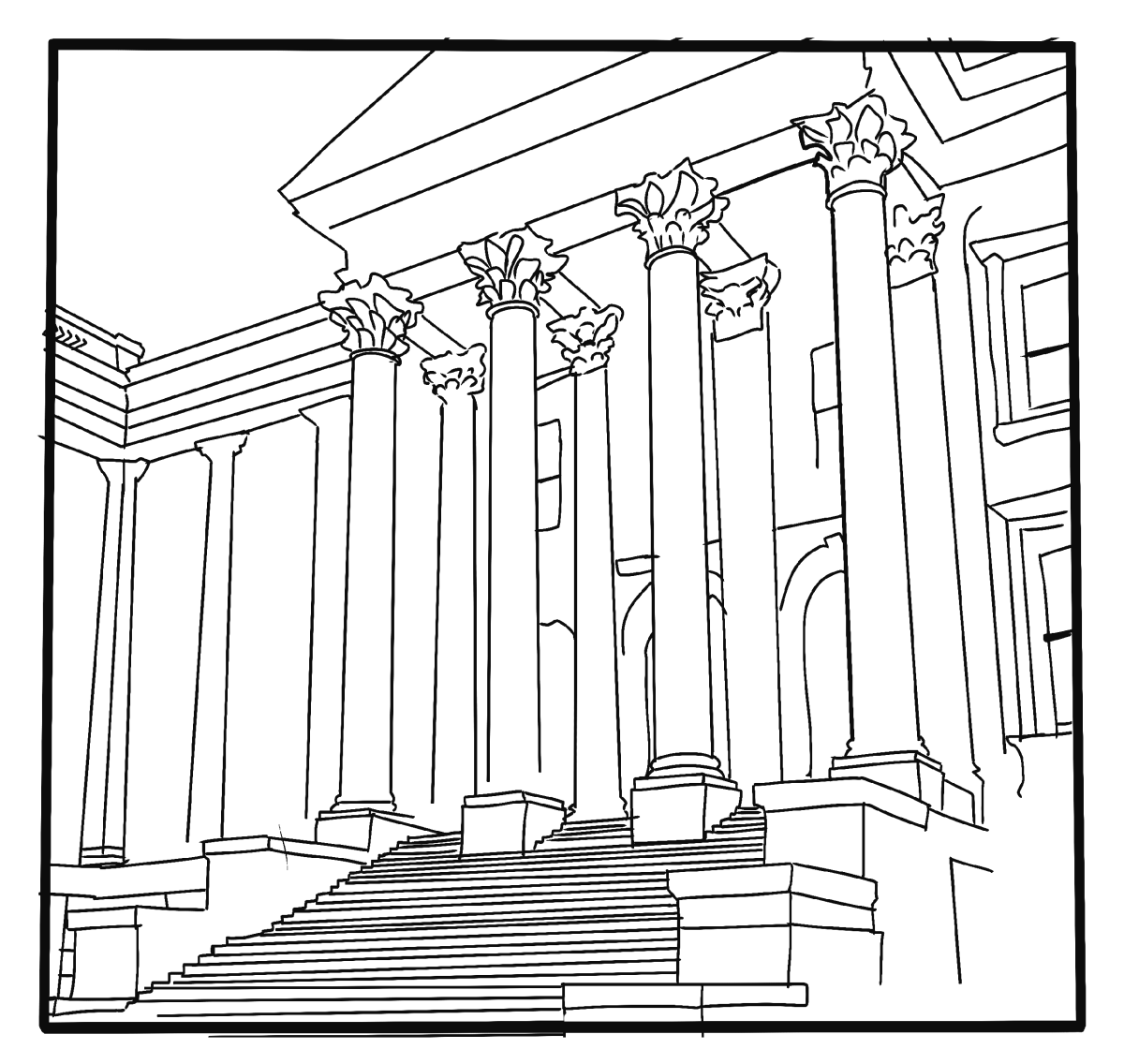On Sunday, May 20th 2012 (May 21st on Earth’s Eastern Hemisphere), an annular solar eclipse occurred and could be observed in various parts of the world, primarily in countries bordering the Pacific Ocean. Many spectators from Japan, Taiwan, and western America witnessed the moon blocking the view of the sun, causing it to look like an annulus (ring). For many others, the eclipse was only seen as partial. This was the first annular solar eclipse to occur in North America since May 10th, 1994.
It was visible among habitants of western America in the evening, before sunset. Unfortunately, for Washington residents, the eclipse was generally not visible due to some standard cloudy weather blanketing the sky for anticipating eclipse viewers. The only place that a partial eclipse could be seen in western Washington was Sequim on the Olympic Peninsula.
However in other areas such as New Mexico, Arizona, and Oregon, western Americans enjoyed the view of the eclipse before the sun went down on that Sunday.
For those who weren’t able to see the solar eclipse, an even rarer celestial event is going to happen next month in the Seattle area. On June 5th, the planet Venus will pass in front of the sun and will appear as a black dot moving across the sky, a partial eclipse in its own respect. This is incredibly rare and has only happened six times before since the invention of the telescope. It also will not happen for another 105 years.












